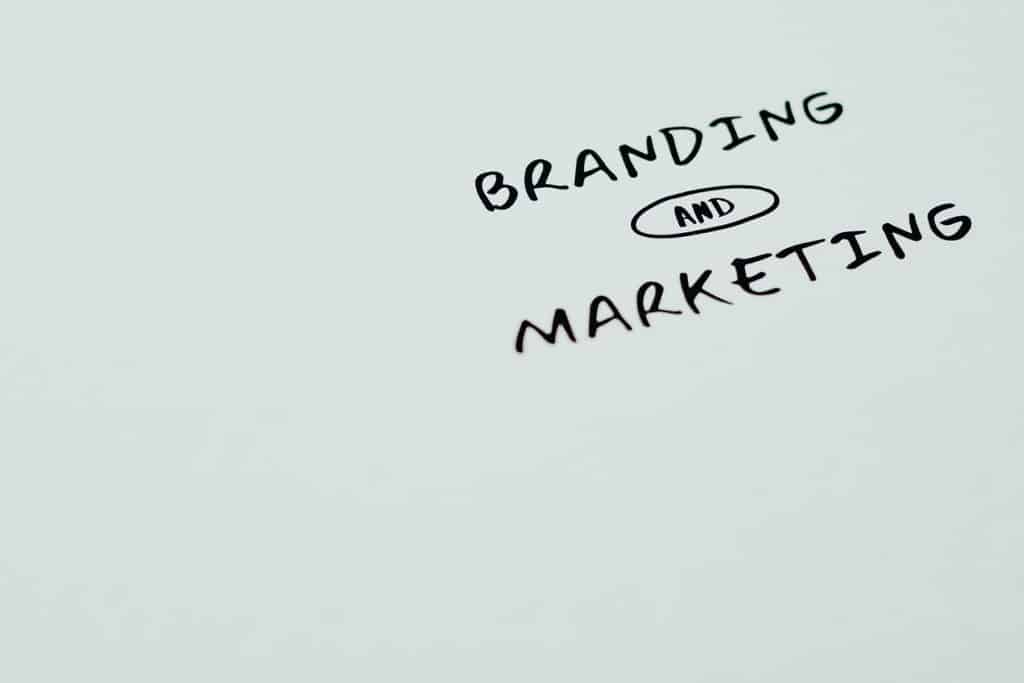The most effective advertising doesn’t feel like advertising.
A few weeks ago, I came across this quotation, and it really spoke to me. Its author, Tom Fishburne, is a successful marketing cartoonist, demonstrating how any two occupations that appear unconnected may actually be combined into a peculiar profession.
I’ll get back to marketing now. Consumers today are aware that marketing affects all of our activities, purchases, decisions, and lifestyles. While much of it is plain to see, some of the best advertising is subtle, so the average person probably doesn’t even notice it when he sees it. What makes this kind of marketing so effective?
Impactful invisible marketing
Every day, consumers are inundated with tens of thousands of marketing messages, so standing out is crucial. In oversaturated marketplaces, businesses must think about how they will draw in and keep customers.
I visited Trader Joe’s a few months back on my way home from a very demanding, emotional day. When the cashier asked me how I was, I suppose I groaned and said that I was ready to go home and be alone with my thoughts. She offered me a bunch of flowers and hoped for a brighter tomorrow the next thing I knew.
If we’re being completely honest, I’ve actually had this happen to me at Trader Joe’s a couple of times, which tells me that it’s not just an accident but a well-known business practice, and that I should definitely stop talking about my problems with total strangers. But it’s just brilliant. The business can simultaneously get rid of some outdated floral arrangements while cheering up a customer (or assisting a customer in celebrating a nice day). These nice deeds can have a profound effect on the Trader Joe’s brand. Every time Trader Joe’s is brought up in conversation, I inevitably end up telling folks this tale of how word of their deed (also known as a genius marketing ploy) spreads.
The cost of invisible marketing may be modest.
Giving the milk away for free isn’t necessarily a requirement for effective invisible marketing. It frequently entails providing value at a crucial juncture in the customer’s interaction with your business.
My acquaintance recently subscribed to Stitch Fix, a service that sends consumers expertly chosen apparel and accessories based on their personal likes. She was enthused about the kind message from the stylist that was enclosed in a recent shipment, describing how she believed the emerald sweater would go well with my friend’s vivid red hair. The short message, which was probably generated by an algorithm, showed the consumer that the company cared and secured at least a few additional purchases.
Contagious invisible marketing.
When used effectively, user generated material can represent the pinnacle of covert marketing. Word-of-mouth recommendations are crucial for building a brand because consumers value and trust the advice of their friends. Marketers experience the emoji-like little hearts in their eyes when a consumer creates the message and publishes it to their preferred channel.
Consider immersive exhibits centered on color, play, experimentation, and art, such as Museum of Ice Cream, Color Factory, and 29 Rooms. Visitors can swim in a pool covered in countless sprinkles, leap from key to key on a massive typewriter, and literally stand on clouds. While offering the necessary components for content creation, the attractions let its visitors handle all of the labor. Once the user clicks “publish,” a message about what they are endorsing is seen by their network of connections, and then whammo. Free advertising.
However, keep up your daytime promotion.

This is not to dismiss the relevance of traditional marketing. Marketing and branding efforts that consumers can recognize as such are crucial for businesses to be successful. Without the brand’s effective design, advertising, and PR efforts, the Trader Joe’s floral strategy would be pointless. And had she not initially seen advertisements for Stitch Fix, my friend would never have joined.
Prior to relying solely on invisible marketing, businesses must have a strong foundation in traditional branding and marketing initiatives. However, businesses may put the cherry on top of a delectable, in-demand sundae by adding the “extras.” Or, perhaps, the flowers at the conclusion of a miserable day.






